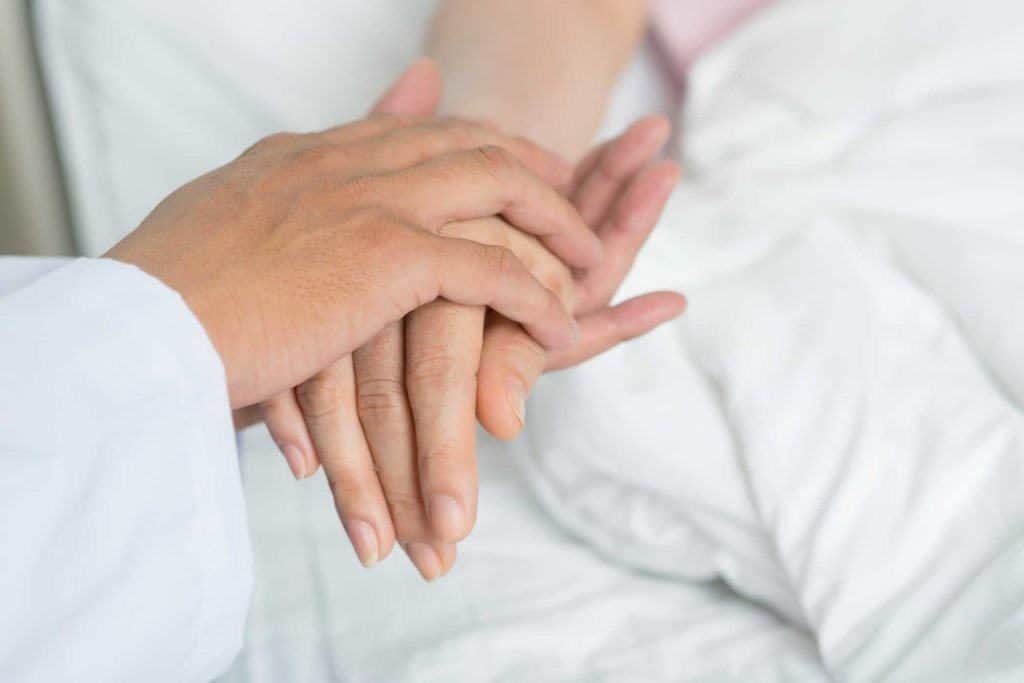Contents:
- Medical Video: Victoria Pain Specialists - Excellence in Personalised Pain Management
- How can we feel pain?
- Various types of pain
- How to deal with pain?
Medical Video: Victoria Pain Specialists - Excellence in Personalised Pain Management
Have you ever wondered how your brain processes pain? You may only know that pain hurts. Pain can be caused by damaged tissue or intense stimulation such as accidentally burning your finger on the stove, or a foot pinched at the door. Pain is the way your body protects itself from further injury or damage. This is a warning sign that you are close to something dangerous or you need medical attention. Pain is usually the number one reason why people seek medical attention.
How can we feel pain?
The process of feeling pain is called perception of pain, or nociception. Pain signals start at the point of stimulation and continue to the nerves and then to your spinal cord to the brain. This is the time when your brain will process and tell you to react to pain. For example, say you accidentally hurt your finger. There are several steps in the pain perception process:
- After you hurt your finger, the tissue becomes damaged. When this happens, special pain receptors (nociceptors) that are stimulated will recognize the pain.
- Each receptor connected to a neuron sends a pain signal. These neurons connect receptors to the spinal cord.
- Pain signals are then transferred to your brain.
- The brain receives and processes signals to inform your body to react.
Sometimes the signals sent to the spinal cord can cause rapid reflexes, making you react before processing pain. For example, your motor neurons are activated and the muscles in your arms contract, moving your hands away from sharp objects. This happens in a split second - before the signal is delivered to the brain - so you will pull your arm before you even realize the pain.
There are several stages in which pain can be modified, strengthened or blocked before they reach the brain. This is a fact when there are reports of someone who does not feel sick even when injured. For example, soldiers who were injured during the war or sports athletes often said they did not feel pain from their injuries until afterwards.
Another example is when a child falls on his knee, if he rubs his knee, pain signals can be blocked to allow the touch sensation to move to the brain, because these two neural networks share the same network.
Various types of pain
Pain is something that is subjective and sometimes difficult to classify. There are many types of pain, which include:
- Pain nociceptive: caused by injury to body tissues. For example injured, burned or cracked (broken bones).
- Neuropathic pain: Caused by abnormalities in the system that carry and interpret pain - the problem may be the nerves, spine or brain.
- Psychogenic pain: This type of pain is caused or exacerbated by psychological factors.
- Acute illness: This is a short pain as a warning to the body of the damage.
- Chronic pain: Chronic pain (also called persistent pain) can be caused by ongoing tissue damage, such as in osteoarthritis.
The only people who can really explain pain are those who are sick. This is why when you see a doctor, they often ask you to describe the pain. It is important to share every detail with your doctor to help find the most effective and best treatment for you.
How to deal with pain?
Once you know the process of how pain arises, you can find ways to build positive cycles to fight your pain signals. Here are some tips on managing pain:
- Divert your mind by thinking about things to do and plans ahead
- Shifting the mind using certain distraction techniques
- Move yourself in activities rather than thinking about pain
- Find things you have to do to give pleasure and pride
- Take control of your mood by challenging negative thoughts
- Regular relaxation
- Regular exercise
- Resolve problems in a relationship
- Be assertive and clear with others about your needs
Pain is the process of how the body protects you from harmful stimuli. But understanding how pain occurs can certainly help. You can trick your brain to manage your level of pain.












